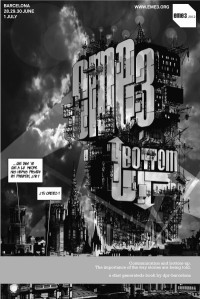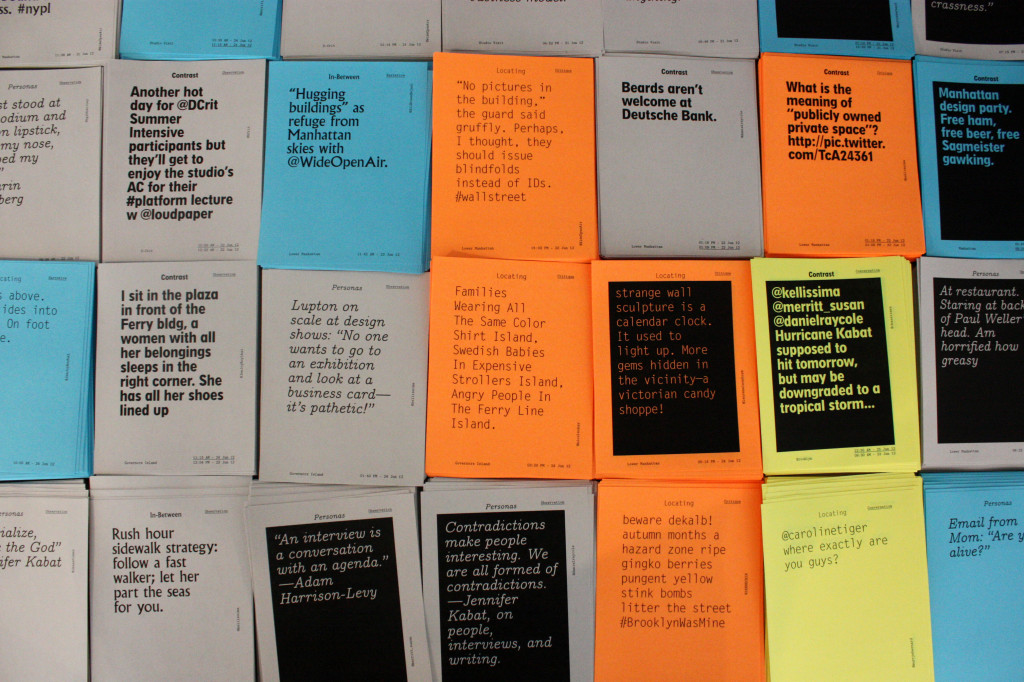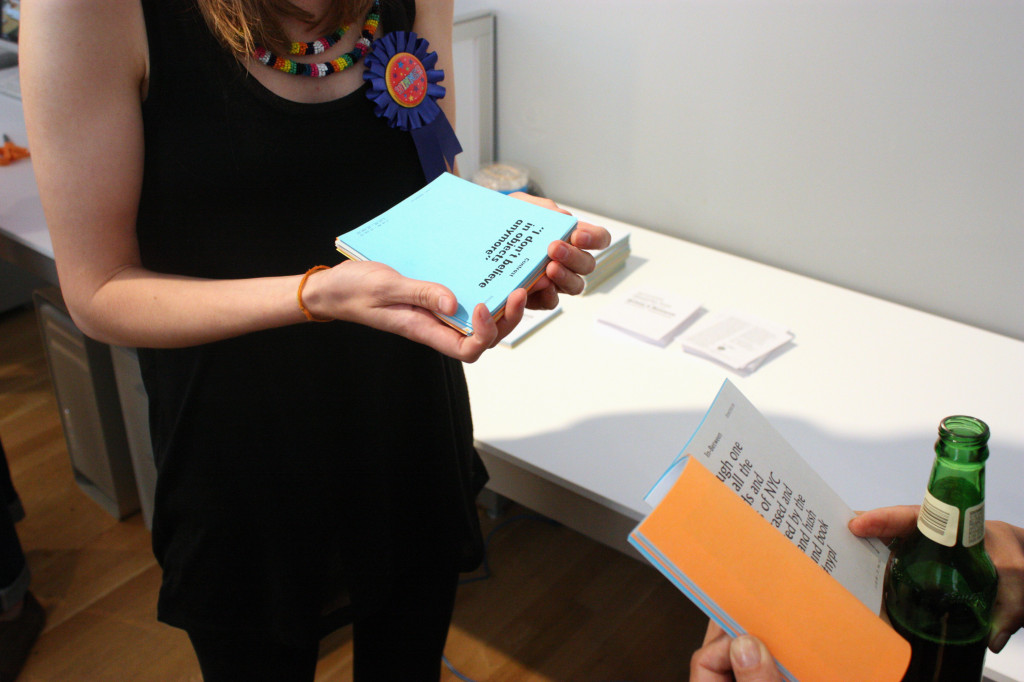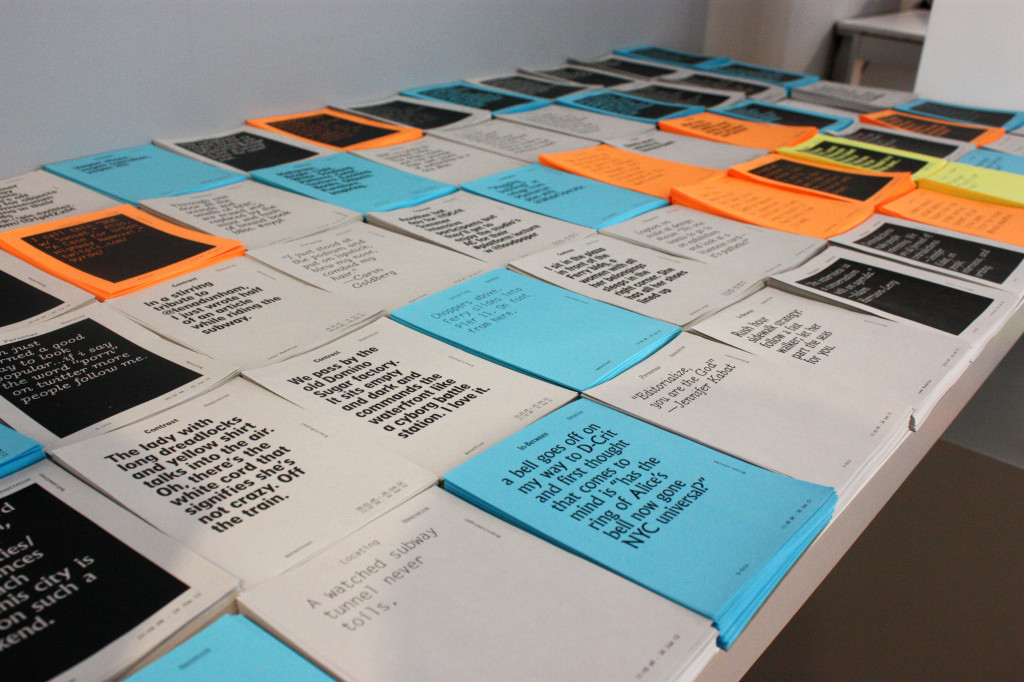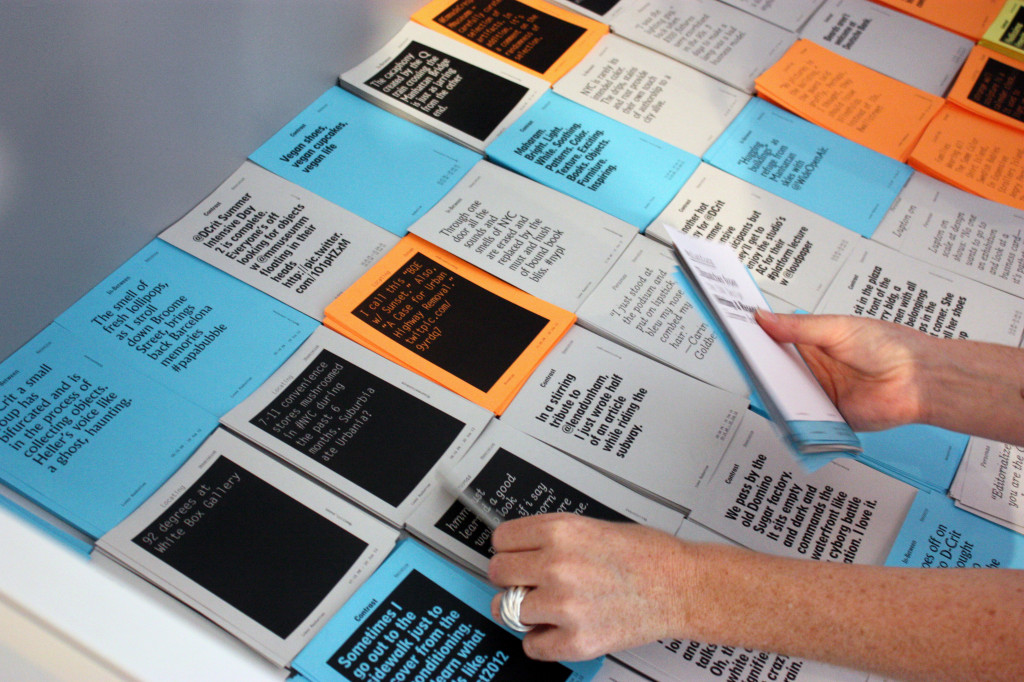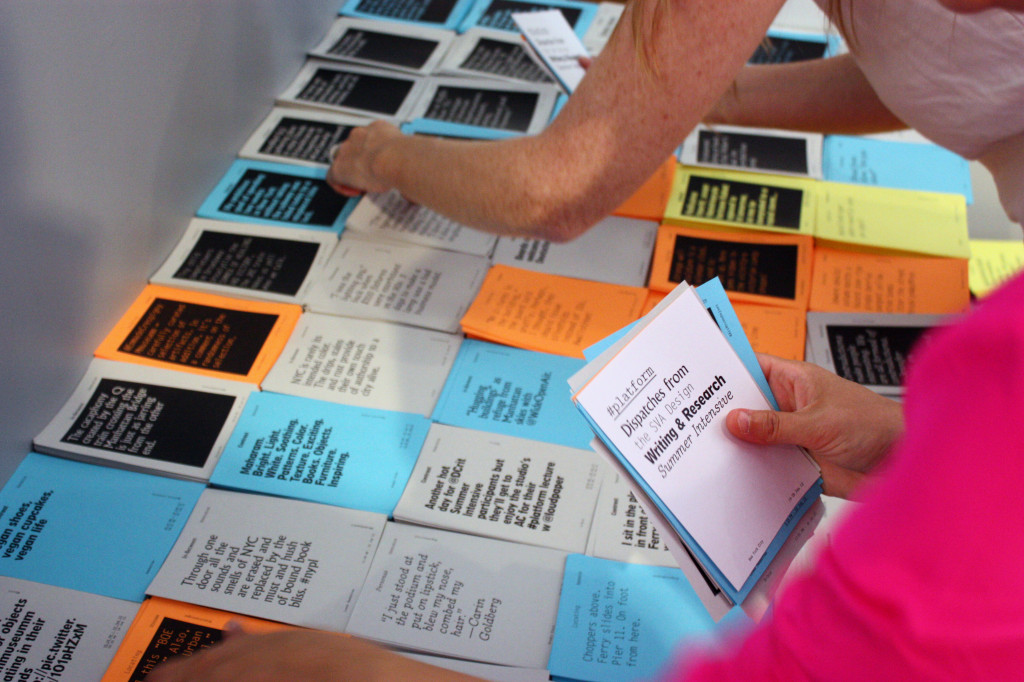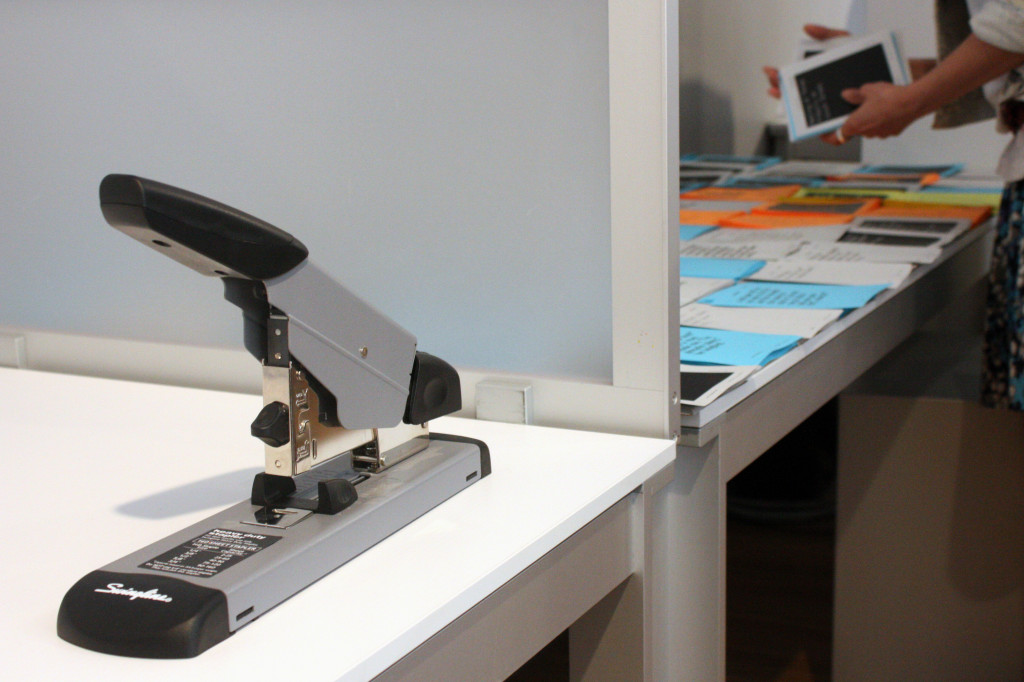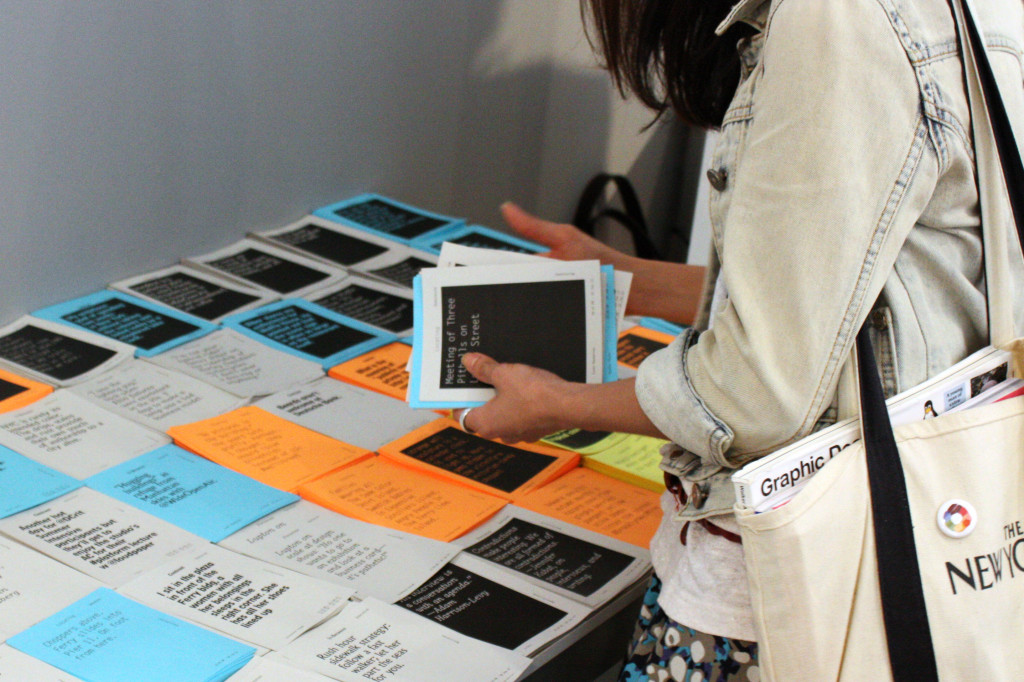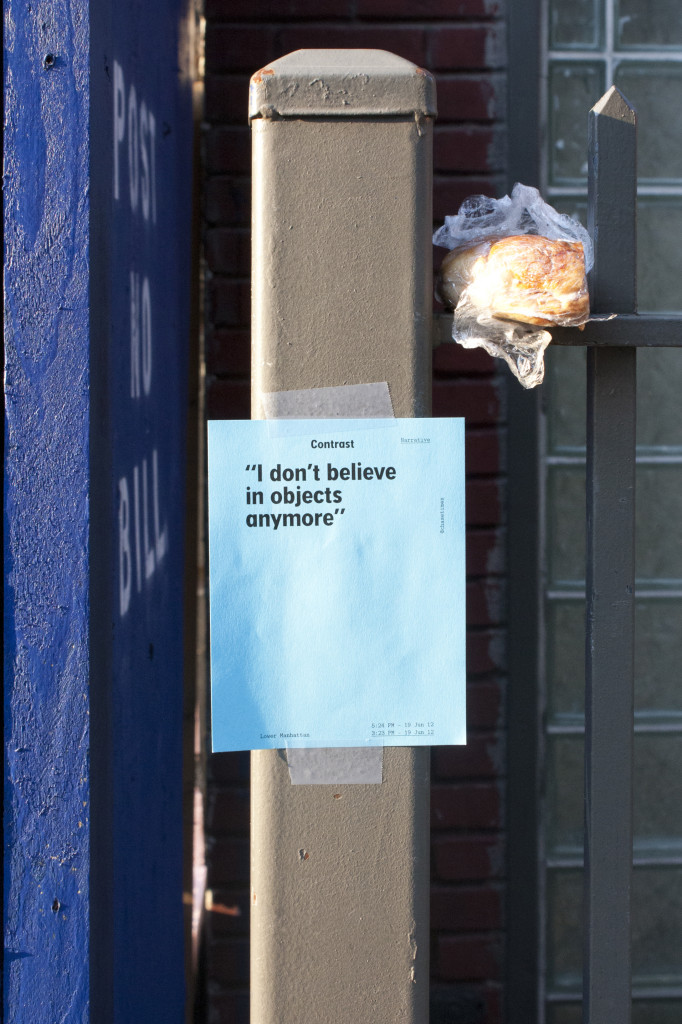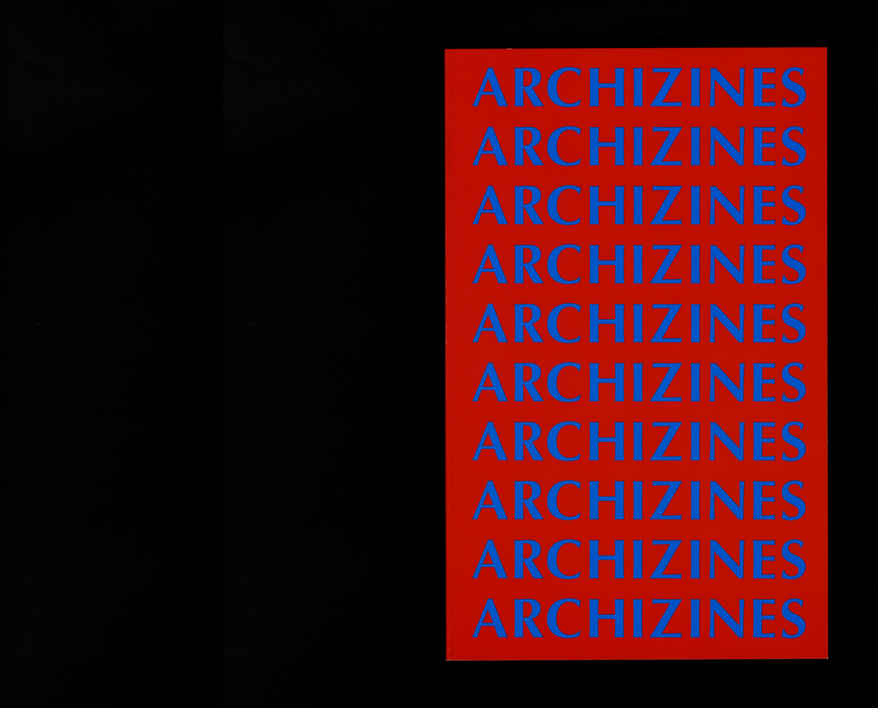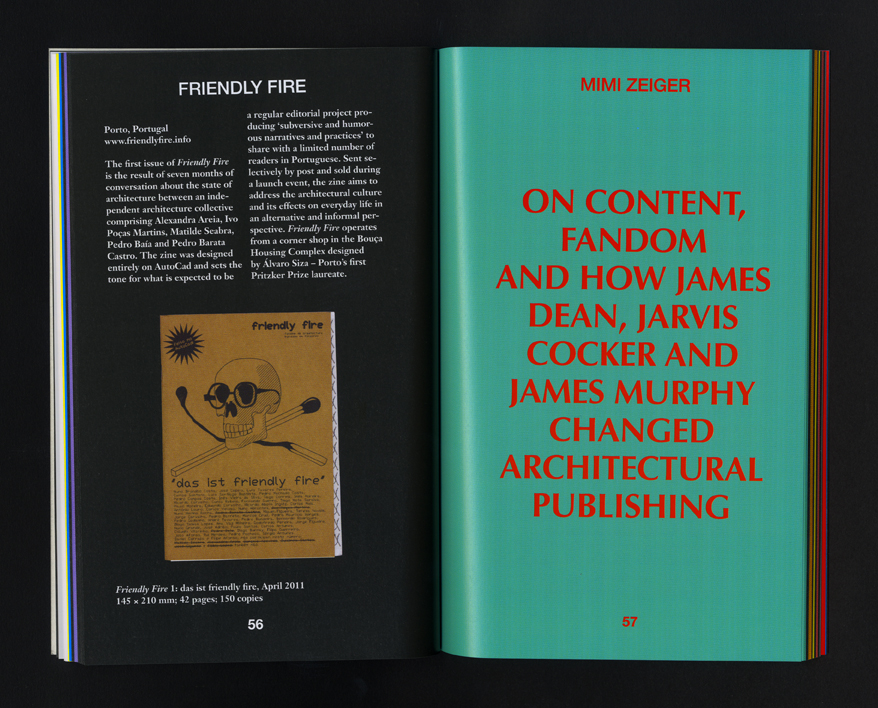Following the debate “Communication and Bottom-UP. The importance of the way stories are being told.” we [at dpr-barcelona] are committed to expand the debates and conversations avoiding them to get lost after a few days of the event. That’s why we’re publishing this digital-pamphlet [kindle + ePub] exploring the thought and ideas of thinkers and doers; articulated by simple detonating questions posed through emails, tweets and conversations intending to communicate effectively the very essence of the debate: “the importance of telling stories.” Read More …
(136)
#platform = collaboratively produced publication by SVA summer design writing intensive participants, with Mimi Zeiger & Neil Donnelly.
(128)
Freedom of expression within tight constraints: An anthology of thoughts and observations give voice to the collective experience.
(135)
Moving from digital to analog, it presents conversational, observational, narrative, and critical tweets produced during the Intensive.
(130)
Time is of the essence. Dérive tweets get tagged and bagged. Narratives are shared. Meaning created with collective intelligence.
(137)
We distilled two weeks of collective experiences, conversations, and relationships (more than 1,000 tweets), curating 68 for this volume.
(139)
Interdisciplinary curation means staying true to a collaborative direction, allowing for a spontaneous selection of educated critiques.
(122)
Potential sound of a tweet: quality of tone, incisive critical pitch, the volume that can be generated with 140 characters.
(131)
Herein lies the mystical divining rod of the Intensive. A retroactive guidebook to city-slicking, quotable-quotes, and D-Criticism.
(83)
#platform’s physical documents navigate back into the city, lingering as messages.
The School of Visual Arts Design Writing and Research Intensive offers students and working professionals a unique opportunity to study closely with a faculty composed of leading writers, editors, researchers, curators and bloggers. Participants spend two weeks in the SVA MFA Design Criticism studio learning how to write compellingly about images, objects and spaces and are introduced to a range of writing genres and a spectrum of methods and formats.
Faculty and lecturers include: Steven Heller, Alice Twemlow, Adam Harrison Levy, Karrie Jacobs, Paul Lukas, Justin Davidson, Mimi Zeiger, and Jennifer Kabat.
Click to download a copy.
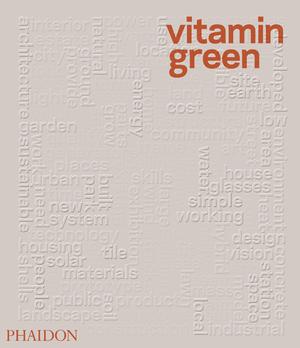
Contributor
Vitamin Green provides an up-to-the-minute look at the single most important topic in contemporary design: sustainability. This new attention to the life of the things we make is changing the way design is practiced on every level and will be at the center of discussions about architecture, landscape architecture, and product design in the twenty-first century. Read More …
Edited by Elias Redstone
From handmade fanzines and print-on-demand news-letters to magazines and student journals, ARCHIZINES celebrates the recent resurgence of alternative and independent architectural publishing. Edited by Elias Redstone, ARCHIZINES showcases 60 new publications from over 20 countries alongside critical texts from Pedro Gadanho (Beyond), Iker Gil (MAS Context), Adam Murray (Preston is my Paris), Rob Wilson (Block), Mimi Zeiger (Maximum Maxim MMX / loudpaper) and Matthew Clarke, Ang Li & Matthew Storrie (PIDGIN) that explore the relationship between architecture and publishing today. Themes addressed include the role of publishing in academia and architectural practice, and the representation of architecture in fictional writing, photography, magazines and fanzine culture. Read More …
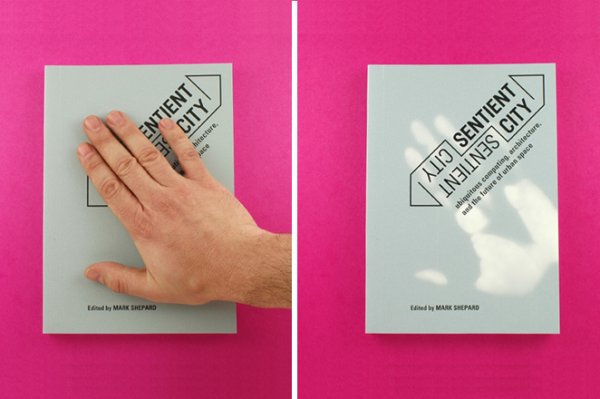
Essay: “Comforts, Crisis, and The Rise of DIY Urbanism” in Sentient City: Ubiquitous Computing, Architecture and the Future of Public Space, edited by Mark Shepard.
Sentient City: ubiquitous computing, architecture and the future of public space is an edited volume of case studies and essays that critically address the evolving relations between contemporary technologies and urban life.
This book expands on an exhibition that I curated in the fall of 2009 titled Toward the Sentient City. Documentation (text, images, diagrams, photographs) of the projects realized for the exhibition is combined with that of preliminary experiments, background research, material studies, interaction prototypes, and the subsequent analysis and interpretation of the data generated by the projects’ implementation.
Complementing these case studies, a series of critical essays reflect on the larger implications of ubiquitous computing for the way we think about architecture in general and the design of urban space in particular. Building on a series of responses to the exhibition contributed by writers and theorists of architecture, urbanism, media theory, technology and related fields, these critical reflections are intended to help the reader situate what may at first appear to be novel questions about the intersection of ubiquitous computing, architecture and urban space in terms of more long-standing and established discourses on the technological mediation of urban life and the role architects, urban designers, and technologists alike might play in shaping its future evolution.
Case studies by David Benjamin, Soo-in Yang, and Natalie Jeremijenko; Haque Design + Research; SENSEable City Lab; David Jimison and JooYoun Paek; and Anthony Townsend, Antonina Simeti, Dana Spiegel, Laura Forlano, and Tony Bacigalupo.
Essays by Keller Easterling, Matthew Fuller, Anne Galloway, Dan Hill, Omar Khan, Saskia Sassen, Trebor Scholz, Hadas Steiner, Kazys Varnelis, Martijn de Waal, and Mimi Zeiger.
Published by the Architectural League of New York and MIT Press.
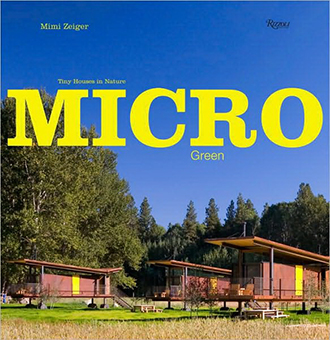
From treehouses to pre-fabs, this book presents sustainable, micro-green living at its best. Micro Green delves into the concept of compact living and demonstrates the possibilities of living with less while maintaining a rich life. As sustainable architecture becomes mainstream, many architects and designers are using technology and wit to experiment with what it means to be green, and the results are both effective and enthralling. The rustic treehouses, airy domes, and recycled-scrap structures of Micro Green are presented through vivid photography and detailed building plans, and display a range of environmental influences. Here living spaces are carved out of hillsides, trees rise through decks and floors, and walls melt seamlessly back into the surrounding woods. Though many of the homes chronicled in Micro Green are unique in design, their economical size and ingenious interior spaces are the epitome of practicality and illustrate an acute understanding of compact living and its potential for rural, suburban, and even urban ecosystems. Small in both carbon and architectural footprint, the dwellings in Micro Green have large implications for the global movements of eco-consciousness and sustainability.
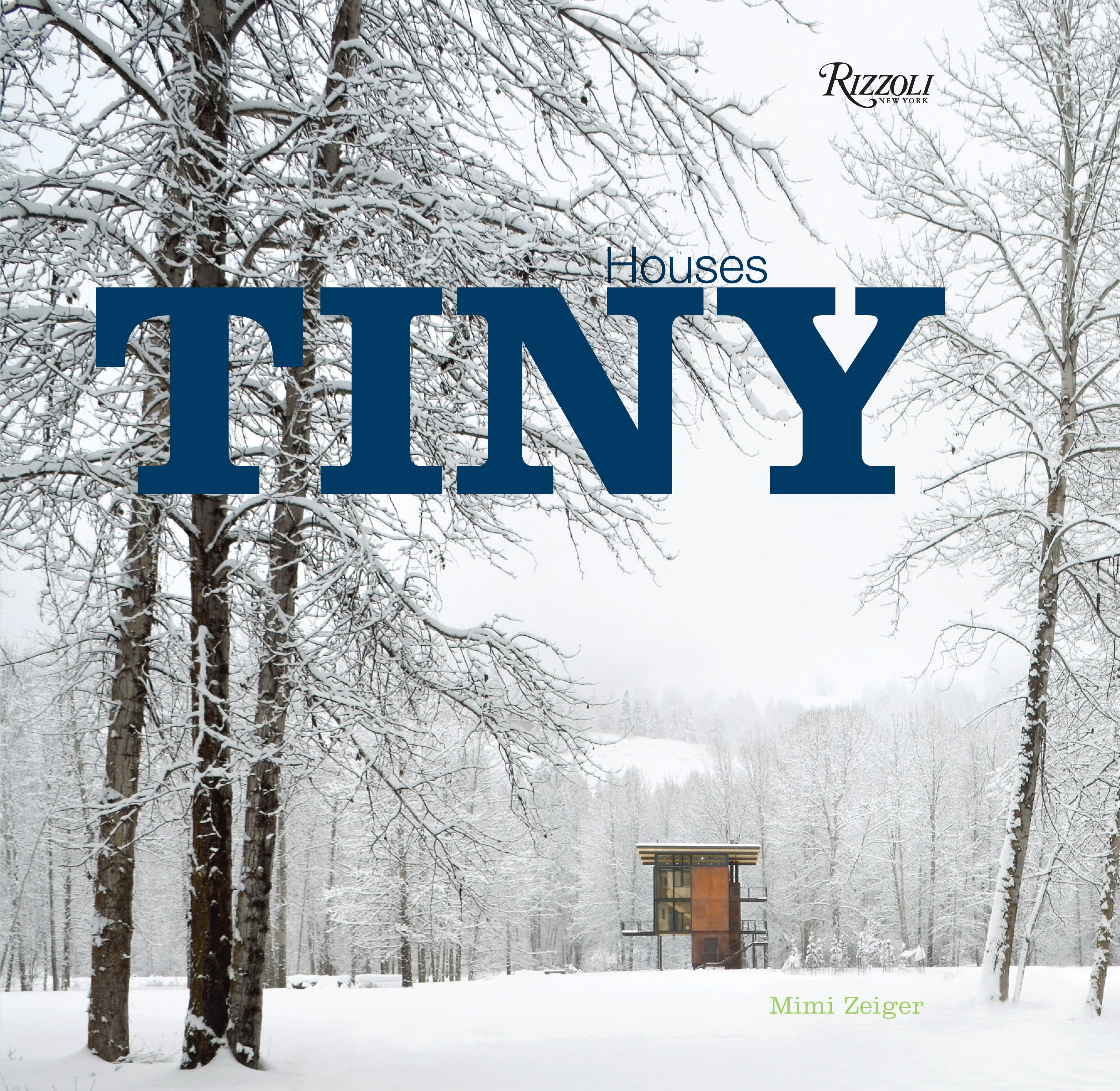
With “McMansions” increasingly giving way to “tiny” houses, the desire to downsize and be more ecologically and economically prudent is a concept many are beginning to embrace. Focusing on dwelling spaces all under 1,000 square feet, TINY HOUSES (Rizzoli, April 2009) aims to challenge readers to take a look at their own homes and consider how much space they actively use.
Ranging from tree houses to floating houses, TINY HOUSES features an international collection of over thirty modular and prefab homes, each one embodying “microgreen living”, defined as the creation of tiny homes where people challenge themselves to live “greener” lives. By using a thoughtful application of green living principles, renewable resources for construction, and clever ingenuity, these homes exemplify sustainable living at its best.
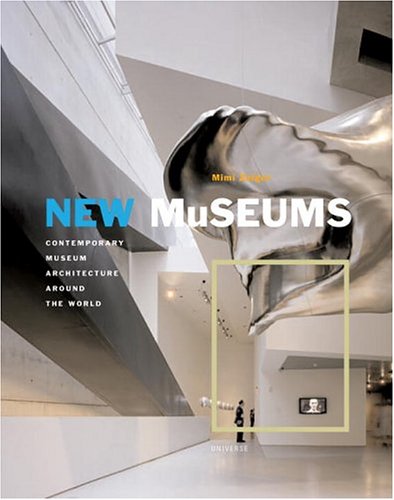
Since the opening in 1997 of the Guggenheim Bilbao, designed by Frank Gehry, museum architecture has enjoyed worldwide attention on an unprecedented scale. That single watershed project demonstrated to municipalities that architecture has the power to transform the image of an entire city, thus making the turn of the twenty-first century the unofficial age of the museum building.
New Museums examines the boom in high-design museum projects in detail, beginning with the Guggenheim Bilbao’s groundbreaking role in the development of contemporary museum architecture. It continues with a beautifully illustrated tour of 30 examples of the most innovative and exciting museum architecture around the world, including Tadao Ando’s Museum of Modern Art in Fort Worth, Zaha Hadid’s Contemporary Arts Center in Cincinnati, Renzo Piano’s Nasher Sculpture Center in Dallas, and many others.
